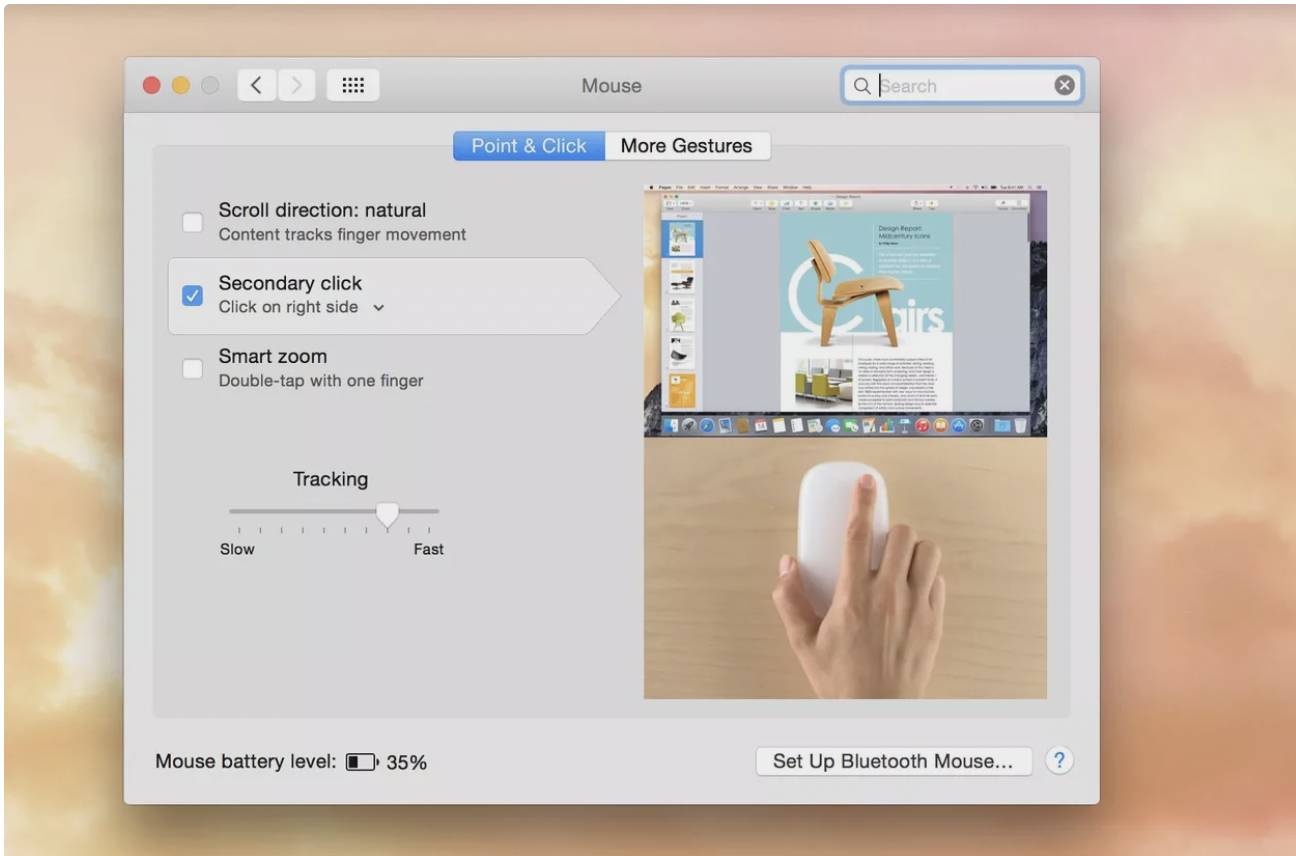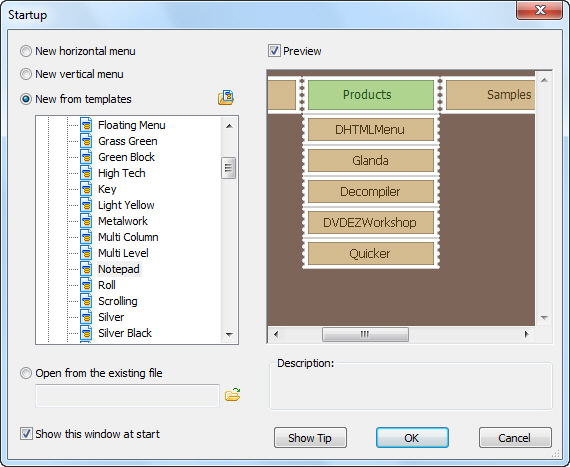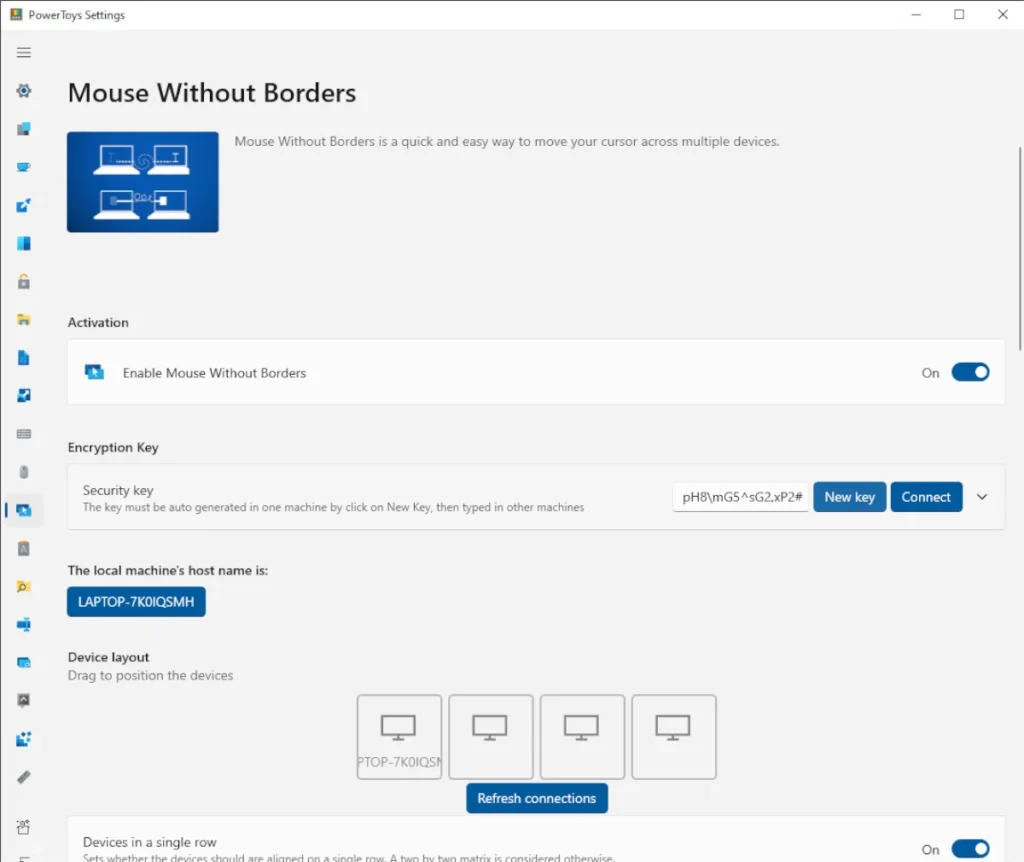In today’s fast-paced digital environment, user experience is paramount. One innovative approach gaining traction is the idea of menus pop up without mouse click. This method not only enhances navigation efficiency but also caters to diverse user needs. By exploring the mechanics, advantages, and best practices of these menus, we can understand their growing importance in modern web design.
Understanding Menus That Pop Up Without Mouse Click

Menus pop up without mouse click through various activation methods that do not rely on the traditional clicking action. This can include hover actions, keyboard shortcuts, or touch gestures on mobile devices. The primary goal of these menus is to create a more seamless interaction, allowing users to access options quickly. By implementing menus pop up without mouse click, designers can enhance the overall usability of their websites or applications.
How Non-Click Menus Work
When we say that menus pop up without mouse click, it’s essential to understand the underlying mechanisms. For instance, hover actions allow a menu to appear as soon as the cursor hovers over a designated area. Similarly, keyboard shortcuts can be programmed to trigger the display of menus. On mobile devices, touch gestures enable users to access menus with a simple swipe or tap. Each of these methods exemplifies how menus pop up without mouse click, facilitating a more intuitive navigation experience.
Advantages of Menus That Pop Up Without Mouse Click
1. Enhanced Accessibility
One of the most significant advantages of menus that pop up without mouse click is their contribution to accessibility. By allowing menus to appear without the need for precise clicks, designers can accommodate users with disabilities or motor impairments. This inclusive approach ensures that everyone can navigate effectively, demonstrating that menus pop up without mouse click can lead to a more equitable digital experience.
2. Streamlined User Experience
When menus pop up without mouse click, users enjoy a more streamlined navigation experience. They can quickly see available options without the frustration of multiple clicks. This efficiency is particularly beneficial for e-commerce sites or information-heavy platforms, where users may need to sift through various categories. By making navigation smoother, menus pop up without mouse click can help retain users’ attention and encourage further exploration.
3. Increased User Engagement
Menus that pop up without mouse click can significantly boost user engagement. When options are readily visible, users are more likely to explore features they might have overlooked. This increased visibility often leads to higher interaction rates, whether it’s clicking on links, exploring products, or engaging with content. Ultimately, menus pop up without mouse click can foster a more engaging environment, encouraging users to spend more time on the site.
4. Aesthetic Modernization
From a design standpoint, menus that pop up without mouse click contribute to a sleek, modern aesthetic. This approach aligns with current design trends that prioritize user-friendly interfaces and clean layouts. By incorporating these menus, developers can create visually appealing websites that attract users. The contemporary look of menus pop up without mouse click can enhance brand image and user satisfaction.
Implementing Menus That Pop Up Without Mouse Click

1. Prioritize Clarity and Simplicity
When designing menus that pop up without mouse click, clarity and simplicity are crucial. Users should immediately understand how to access these menus without confusion. Clear visual cues, such as arrows or animations, can guide users in recognizing how to engage with the menu. Ensuring that menus pop up without mouse click is intuitive helps enhance the user experience.
2. Optimize for All Devices
It’s essential to consider how menus pop up without mouse click will perform across various devices. Desktop and mobile interactions can differ significantly, so testing is vital. For instance, hover actions may work well on desktops but may need to be adapted for touch screens. By ensuring that menus pop up without mouse click are optimized for all platforms, developers can provide a consistent user experience.
3. Accessibility Features Are Key
To maximize the effectiveness of menus that pop up without mouse click, integrating accessibility features is essential. This could include providing keyboard shortcuts for users who prefer keyboard navigation. Additionally, ensuring compatibility with screen readers enhances accessibility for visually impaired users. By considering these aspects, menus pop up without mouse click can cater to a broader audience.
4. Monitor User Interaction and Feedback
Using analytics tools to track how users interact with menus that pop up without mouse click can provide valuable insights. Understanding user behavior can highlight areas for improvement and inform design decisions. Regularly gathering feedback will allow developers to refine menus continuously, ensuring they meet user expectations and preferences.
Challenges Associated with Menus That Pop Up Without Mouse Click

While menus that pop up without mouse click offer numerous benefits, there are also challenges to consider:
1. Risk of Overlapping Content
One potential challenge is the risk of overlapping content when menus pop up without mouse click. If not designed carefully, these menus can obscure important information, making navigation difficult. Thoughtful placement and design can help mitigate this issue, ensuring that users can easily see and interact with all elements on the page.
2. Unintentional Activations
Another challenge is the possibility of unintentional activations. If menus pop up too readily when a cursor hovers nearby, it can disrupt user flow and become annoying. Balancing responsiveness with usability is critical to avoid frustrating users who may not want to interact with the menu at that moment.
3. Compatibility Across Platforms
Menus that pop up without mouse click may not function uniformly across different browsers and devices. Ensuring compatibility requires extensive testing and may necessitate additional coding efforts. Developers must stay updated on evolving web standards to maintain menu functionality, ensuring that menus pop up without mouse click are effective for all users.
4. Learning Curve for Some Users
For users accustomed to traditional click-based navigation, adapting to menus that pop up without mouse click may present a learning curve. Offering tooltips or short tutorials can help ease this transition, making it clear how to engage with the new menu style. By supporting users through this learning process, developers can improve overall satisfaction with menus that pop up without mouse click.
Best Practices for Non-Click Menus

To make the most of menus that pop up without mouse click, consider these best practices:
1. Keep It Simple
Simplicity is crucial in design. Avoid overly complex menu structures that may confuse users. A clear hierarchy helps ensure that users can easily navigate and find what they’re looking for. Simple menus that pop up without mouse click are more effective and user-friendly.
2. Use Visual Feedback
Incorporating visual feedback when menus pop up without mouse click is essential. Highlighting menu items or changing colors can signal to users that they are in the right area, encouraging interaction. Clear visual feedback can enhance user confidence in navigating the menu.
3. Allow User Customization
Empowering users to customize their navigation experience can increase satisfaction. Providing options to toggle between traditional click menus and non-click menus allows users to choose what works best for them. Flexibility in design can lead to a more personalized experience with menus that pop up without mouse click.
4. Regular Testing and Iteration
Finally, continuous testing of menus that pop up without mouse click is vital. Gather user feedback and analyze interaction data to refine the menu design. Regular updates based on real user experiences will ensure that menus remain intuitive and engaging.
Conclusion
Menus that pop up without mouse click are transforming the way users interact with digital interfaces. By enhancing accessibility, streamlining navigation, and increasing engagement, these menus are reshaping user experiences online. While there are challenges to consider, thoughtful implementation and adherence to best practices can lead to a more satisfying user journey. As technology continues to evolve, embracing innovative navigation solutions like menus that pop up without mouse click will be crucial in meeting the diverse needs of users.



